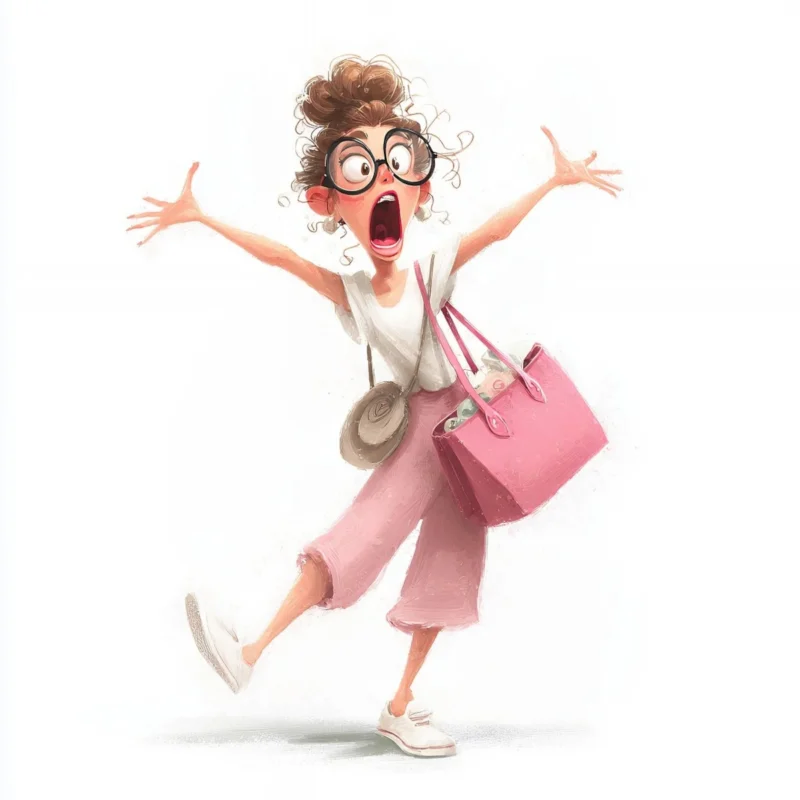
Table of Contents
Introduction
Have you ever wondered why funny face videos instantly grab your attention and make you hit the share button? One of the best examples of this phenomenon is Yaya Dub — the alter ego of Maine Mendoza, who rose to fame for her hilarious and expressive dubbing skits on Philippine television and YouTube. Her exaggerated facial expressions, or “funny faces,” didn’t just make people laugh; they created a cultural moment that transformed a simple online act into a nationwide obsession.
This article explores how Yaya Dub’s funny face videos became viral, the emotional science behind why people share them, and what this tells us about humor and connection in the digital age.
Who Is Yaya Dub and Why Did She Become So Popular?
Yaya Dub (Maine Mendoza) started by posting short dubbing videos on social media, mimicking famous movie lines and pop songs with over-the-top facial expressions. These funny face videos quickly captured viewers’ attention because they combined humor, relatability, and authenticity — traits that make people feel good and eager to share.
Her content soon transcended YouTube and landed on national television, where her pairing with actor Alden Richards in the “Kalyeserye” segment of Eat Bulaga turned her into an overnight celebrity. Within months, millions were tuning in to watch Yaya Dub’s expressive reactions and funny face antics.
How Viral Did Yaya Dub’s Funny Face Videos Get?
When analyzed using Google Keyword Planner back in 2015, the keyword “Yaya Dub” received astonishing search volumes:
- July: 301,260 global searches
- August: 550,980 global searches
- Philippines only: 451,310 searches in August
These numbers showed just how massive her online presence became, proving that Filipinos — and many others — couldn’t get enough of her funny face videos.
The Science Behind Funny Face Videos and Why Videos Go Viral
So, what makes people share videos like Yaya Dub’s? Research suggests it’s all about emotion.
A study by Izawa (2010) found that people who share viral videos experience stronger emotions — such as happiness, humor, surprise, fear, sadness, and anger — compared to those who don’t share. Sharing is an emotional act; when people laugh or feel joy from a funny face video, they want their friends to experience that same feeling.
Another study by Southgate et al. (2010) supported this idea, explaining that platforms like YouTube make emotional sharing easy and instantaneous, accelerating virality.
In short, funny face videos trigger emotional contagion — when one person’s feelings spread through shared laughter or surprise. Videos that go viral has this certain trait that can be replicated by an artist who has that inner talent and motivation to share and trigger the general public’s emotions.
Emotions Behind Yaya Dub’s Funny Face Videos
Watch this clip of Yaya Dub driving and see why it becomes viral.
Each exaggerated facial expression evokes different emotions — from amusement to curiosity — prompting viewers to react, comment, and share. These emotional responses create a loop of engagement, the key to virality in today’s digital media landscape.
Why People Love Sharing Funny Face Videos
People share funny face videos for several reasons:
- They feel good. Humor releases dopamine, the “happy hormone.”
- They connect emotionally. Sharing laughter strengthens social bonds.
- They express identity. Posting funny content signals a sense of humor and positivity.
- They want to spread joy. People naturally want others to experience the same fun they had.
So next time you see a funny face video that makes you laugh, remember — you’re not just sharing a clip. You’re sharing emotion.
Conclusion
The Yaya Dub phenomenon proves that humor, emotion, and authenticity can turn simple funny face videos into viral sensations. Her expressive performances remind us that laughter is universal — and that even the simplest act, like making a silly face, can connect millions across screens.
References
Izawa, M. (2010). What Makes Viral Videos Viral?: Roles of Emotion, Impression, Utility, and Social Ties in Online Sharing Behavior. PhD thesis, Johns Hopkins University.
Southgate, D., Westoby, N., and Page, G. (2010). Creative determinants of viral video viewing. International Journal of Advertising, 29(3):349–368.
[Note: This post is an update from a previous one published on October 11, 2015]
Frequently Asked Questions (FAQ)
Q1. What are funny face videos?
Funny face videos feature people making exaggerated facial expressions or humorous reactions, often used in comedy or dubbing skits.
Q2. Why did Yaya Dub’s videos become viral?
Her videos went viral because they were authentic, emotionally expressive, and made people laugh — all essential ingredients for shareable content.
Q3. What emotions make videos go viral?
Research shows that happiness, humor, surprise, fear, sadness, and anger are the strongest emotional triggers for video sharing.
Q4. How can I make my own funny face videos go viral?
Focus on authenticity, emotional impact, and relatable humor. Keep videos short, engaging, and easy to share on social media platforms like TikTok or YouTube.
